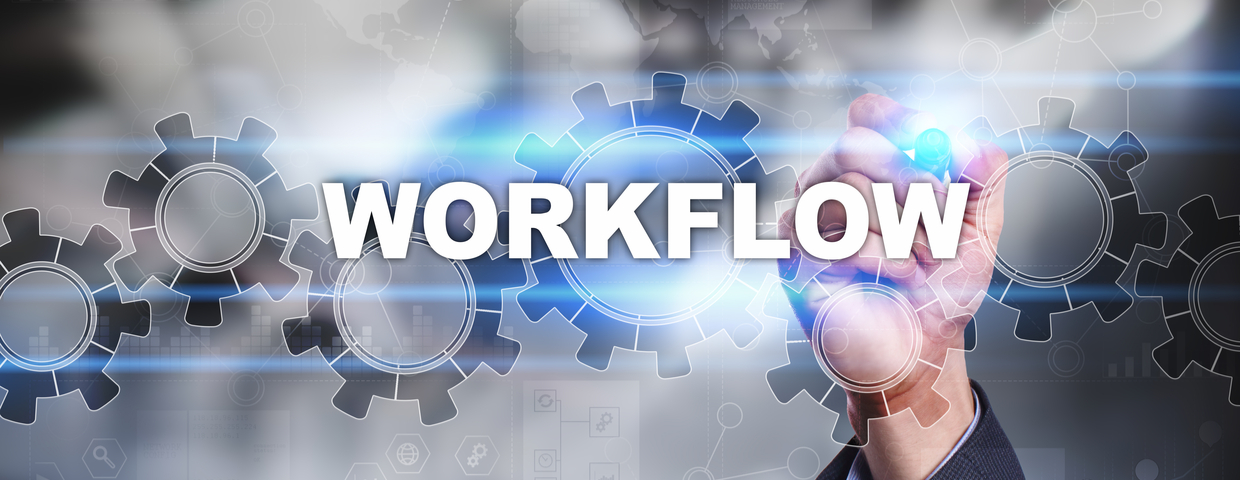Most organizations seeking digital automation solutions do so to improve their current workflows. They hope to save time and money, of course, but long-term goals may also include improved employee job satisfaction and a better path forward for growth.
If your company is in the process of implementing optimization solutions for your current workflows, here are a few suggestions for making the transition a little smoother.
1. Map out your existing processes.
Enlist your staff's assistance to begin mapping out your current processes. Include each step and then identify the problems currently associated with each process. Interview the employees involved with each step, enlisting their help to identify bottlenecks and pinch points where information has a habit of getting lost or held up. During the discovery process, don't forget to log how much time is involved for each process using your current procedures.
2. Accept one challenge at a time.
You didn't develop your current workflows overnight, and it won't work to try to change them all overnight, either. Choose one or two basic processes that appear to be the best candidates for automation. After these are deemed successful, add one or two more until you've reached your goal of automating and optimizing critical workflows throughout your organization.
3. Stay open to feedback.
Not every solution you try will be a good fit for your organization, and it's critical to keep an open mind by allowing employees to voice their opinions. You'll need their skills as well as their backing if you're hoping to achieve measurable success.
4. Choose an experienced technology partner.
Choose a technology provider with specialized experience redesigning and optimizing workflows. Their expertise and ongoing support will be invaluable to your team along the way.
To find out more about Century's Workflow Optimization Solutions, get in touch with a team member today!




